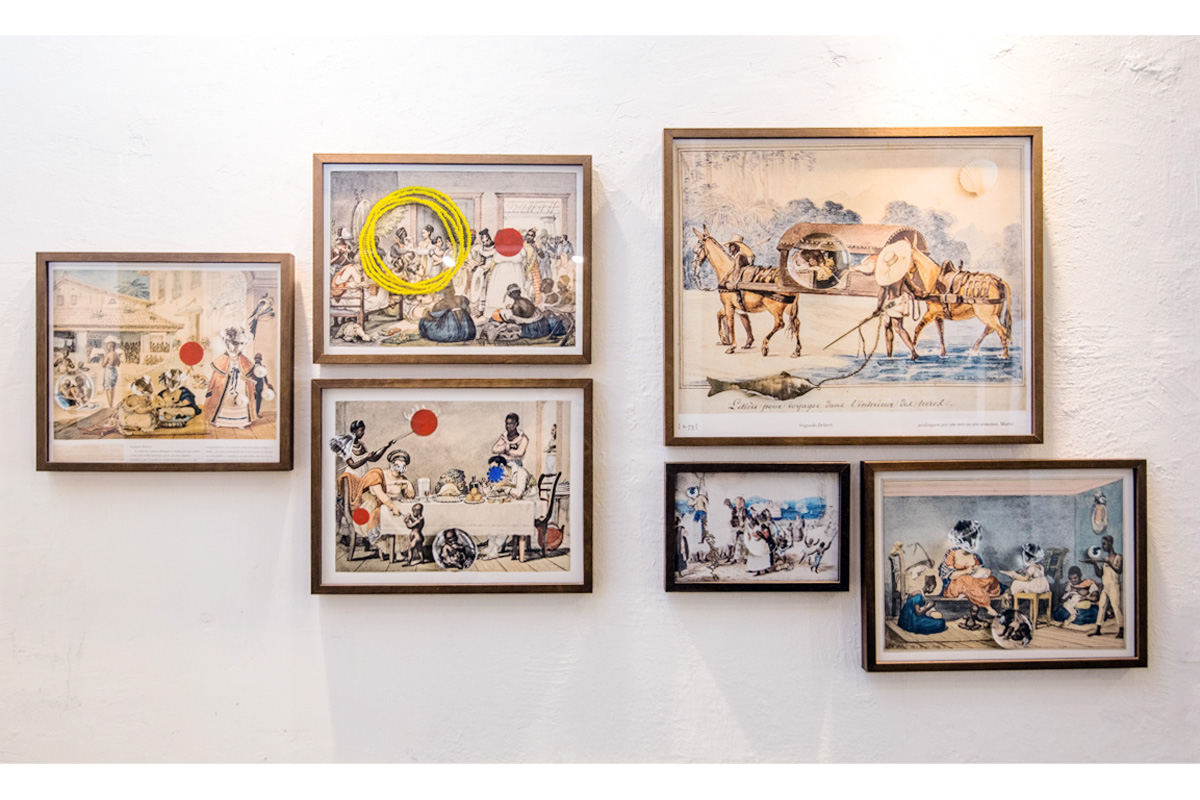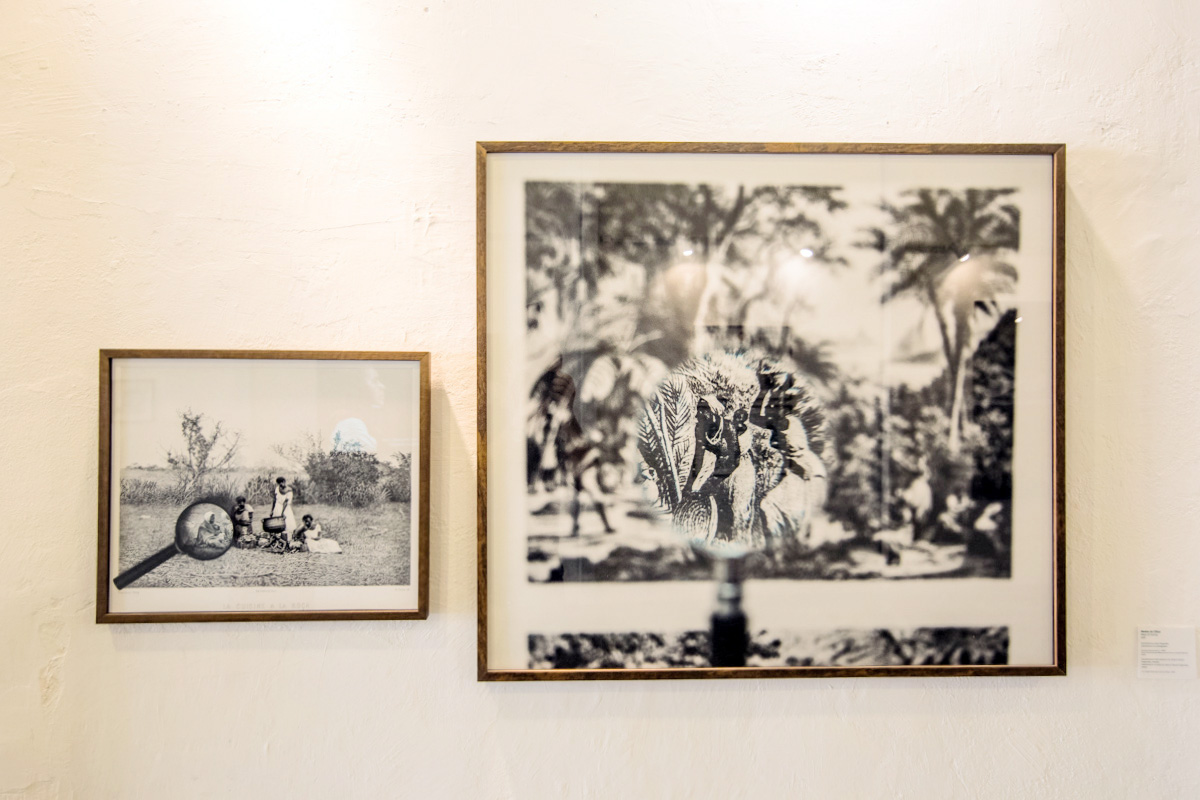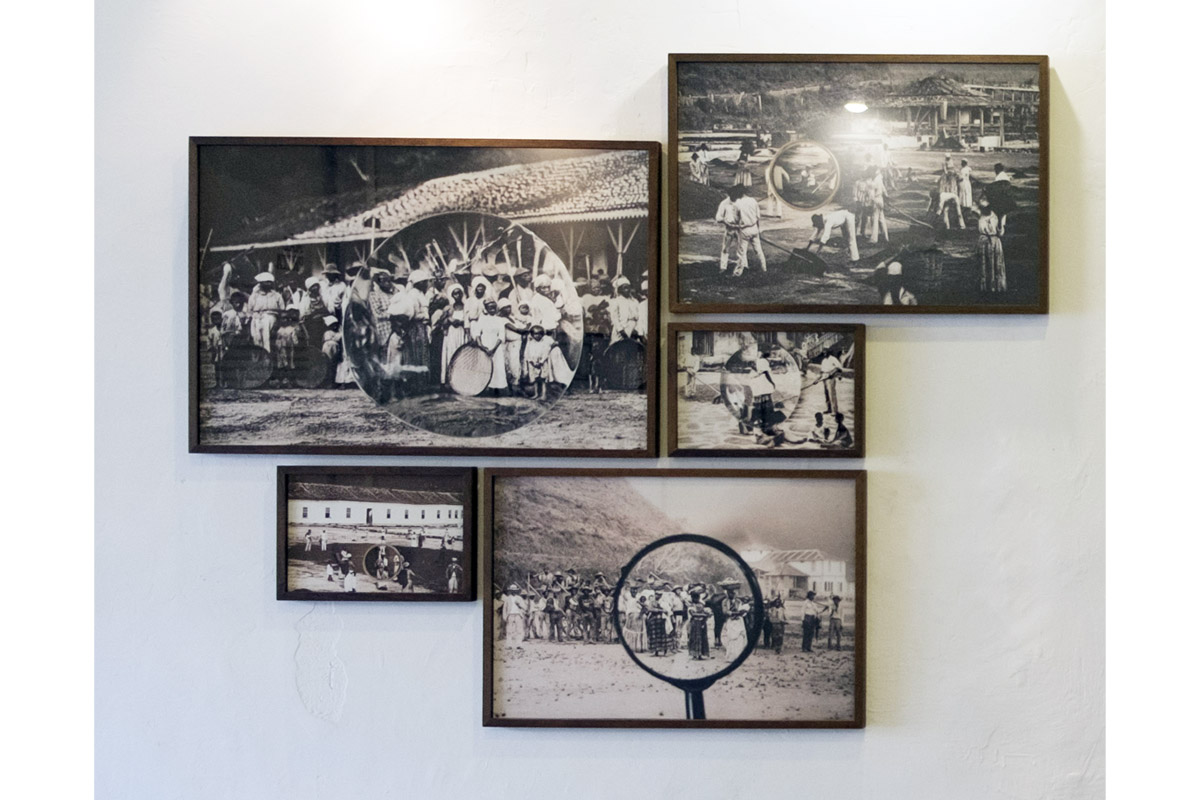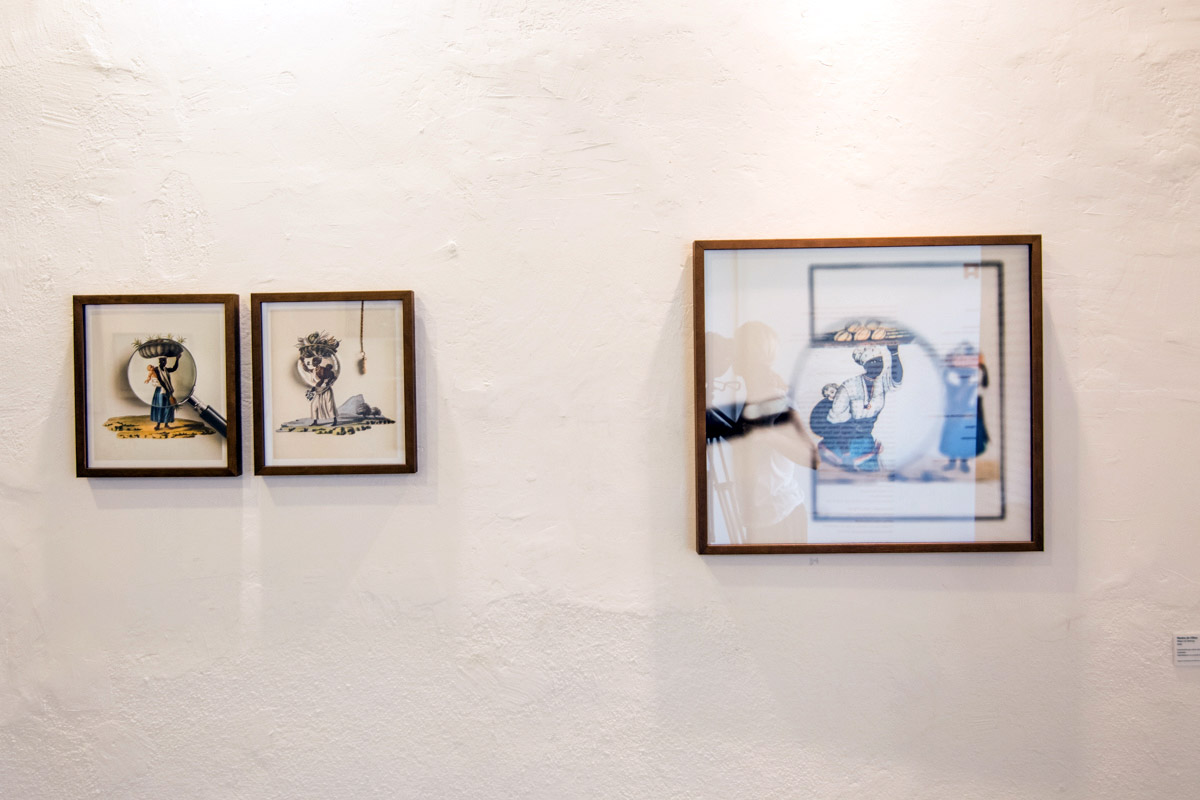By using optical objects such as magnifying glasses and lenses, in the series Ways of Seeing we highlighted the duplicity and complexity of the different relationships entertained by the wet-nurses with both the white children they took care of and their own children, causing a shift of perception that makes the mother the protagonist of each scene.
By looking at image archives mainly from the 19th century in Brazil, we selected representations of motherhood and maternal relationships in paintings and engravings of daily life in the colony made by Jean-Baptiste Debret, Johann Moritz Rugendas, Joaquim Cândido Guillobel among others. With the photographic turn in mid-19th century, there are even more photographs of wet nurses in the daguerreotypes found in the Instituto Moreira Salles archive, as well as in other collections across the country.
The ways of Seeing seriesA série Modos de Olhar busca destacar a posição materna da mulher negra na sociedade colonial. Percorremos arquivos de imagens, pinturas, gravuras e fotografias em que mulheres negras são representadas na função materna tanto de seus próprios filhos quanto dos filhos de seus senhores.
-
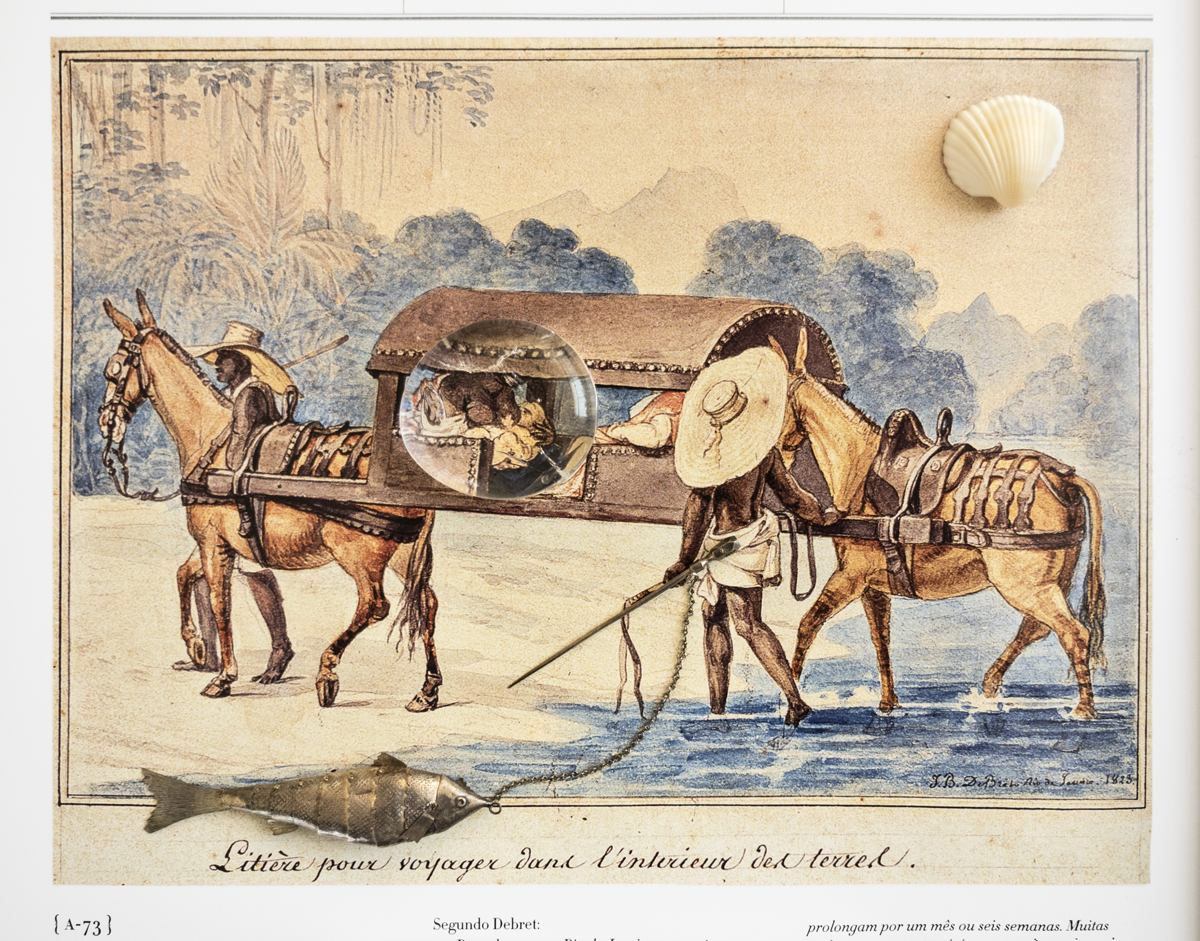
Interferências sobre gravuras de Jean-Baptiste Debret
De Voyage Pittoresque et Historique au Brésil, Paris, Firmin Didot Frères, 1834-39
Fotografia
2016 -
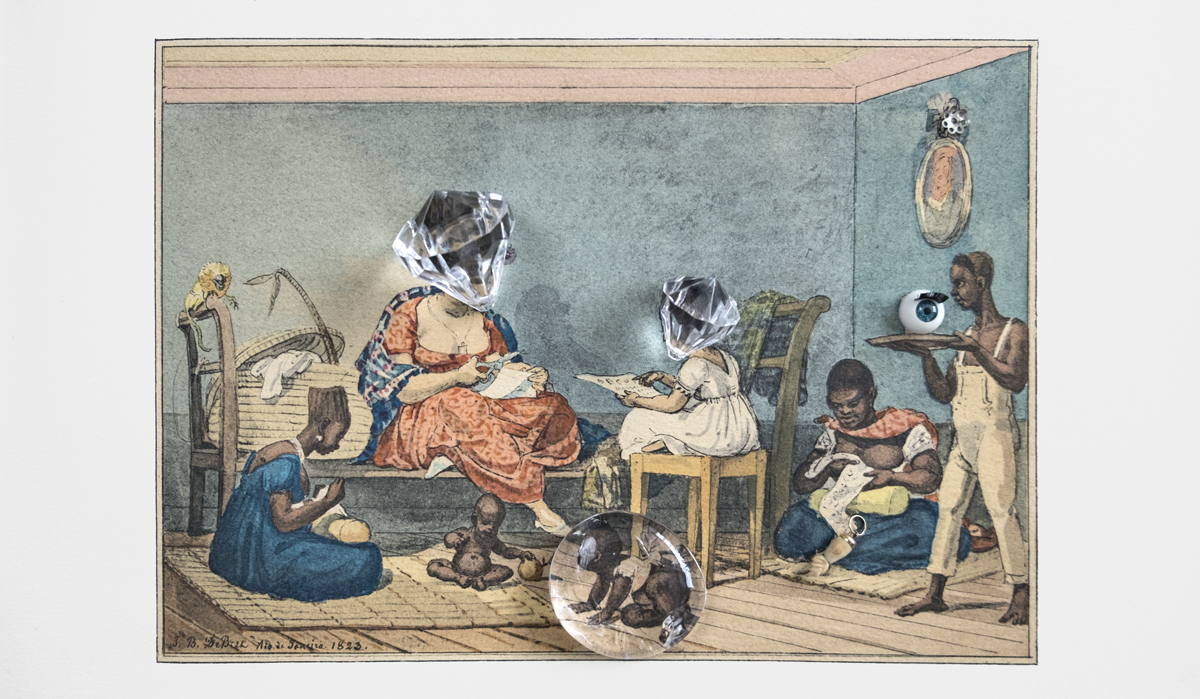
Interferências sobre gravuras de Jean-Baptiste Debret
De Voyage Pittoresque et Historique au Brésil, Paris, Firmin Didot Frères, 1834-39
Fotografia
2016 -
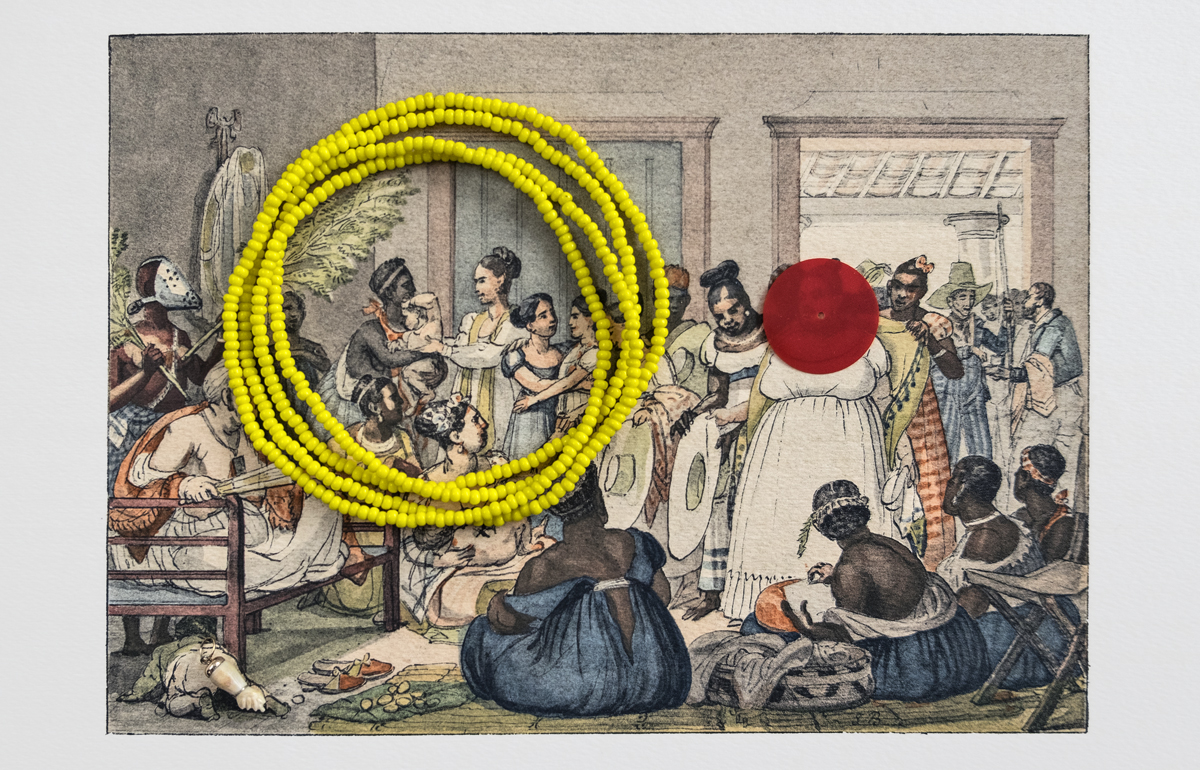
Interferências sobre gravuras de Jean-Baptiste Debret
De Voyage Pittoresque et Historique au Brésil, Paris, Firmin Didot Frères, 1834-39
Fotografia
2016 -

Interferências sobre gravuras de Jean-Baptiste Debret
De Voyage Pittoresque et Historique au Brésil, Paris, Firmin Didot Frères, 1834-39
Fotografia
2016 -
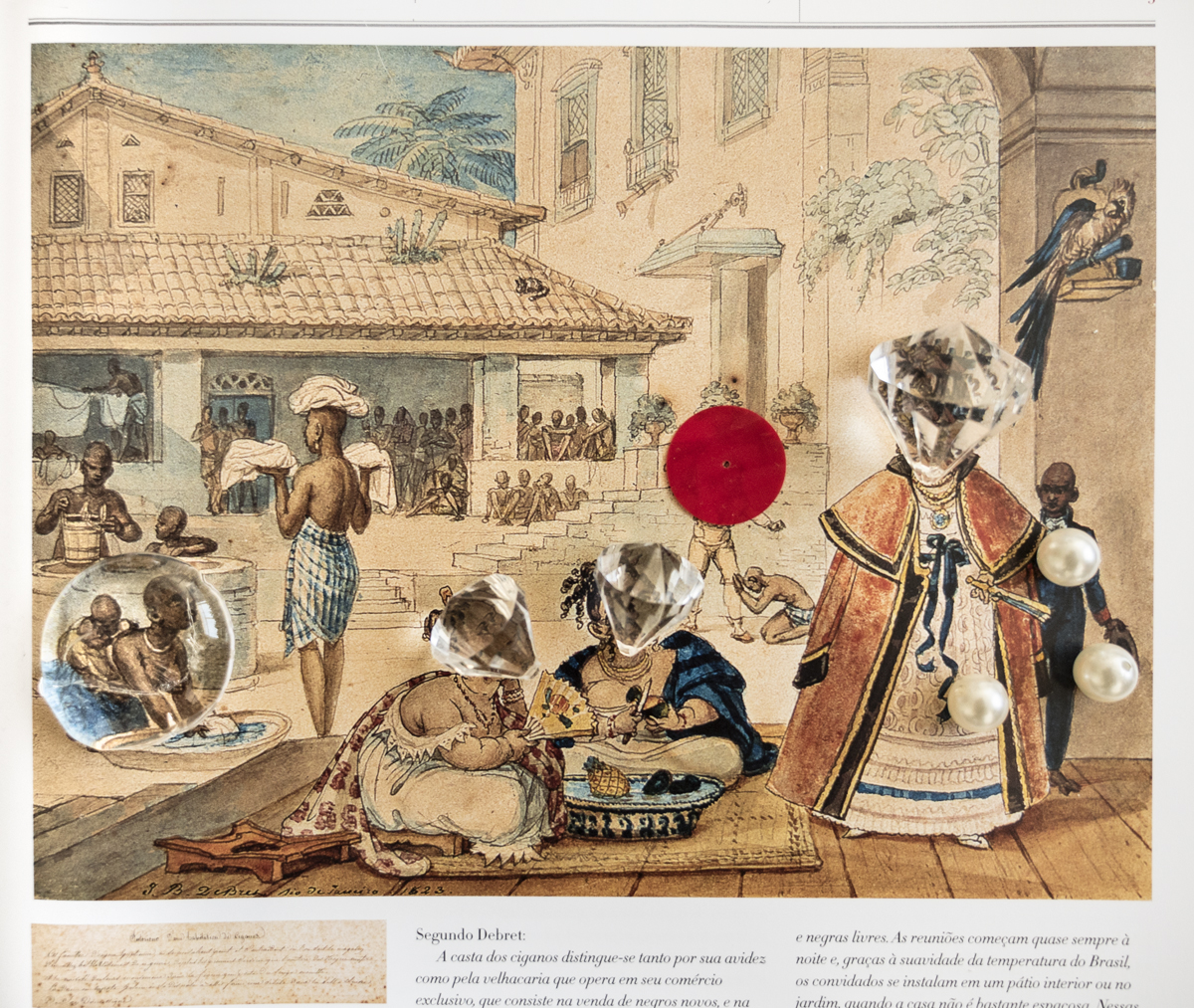
Interferências sobre gravuras de Jean-Baptiste Debret
De Voyage Pittoresque et Historique au Brésil, Paris, Firmin Didot Frères, 1834-39
Fotografia
2016 -
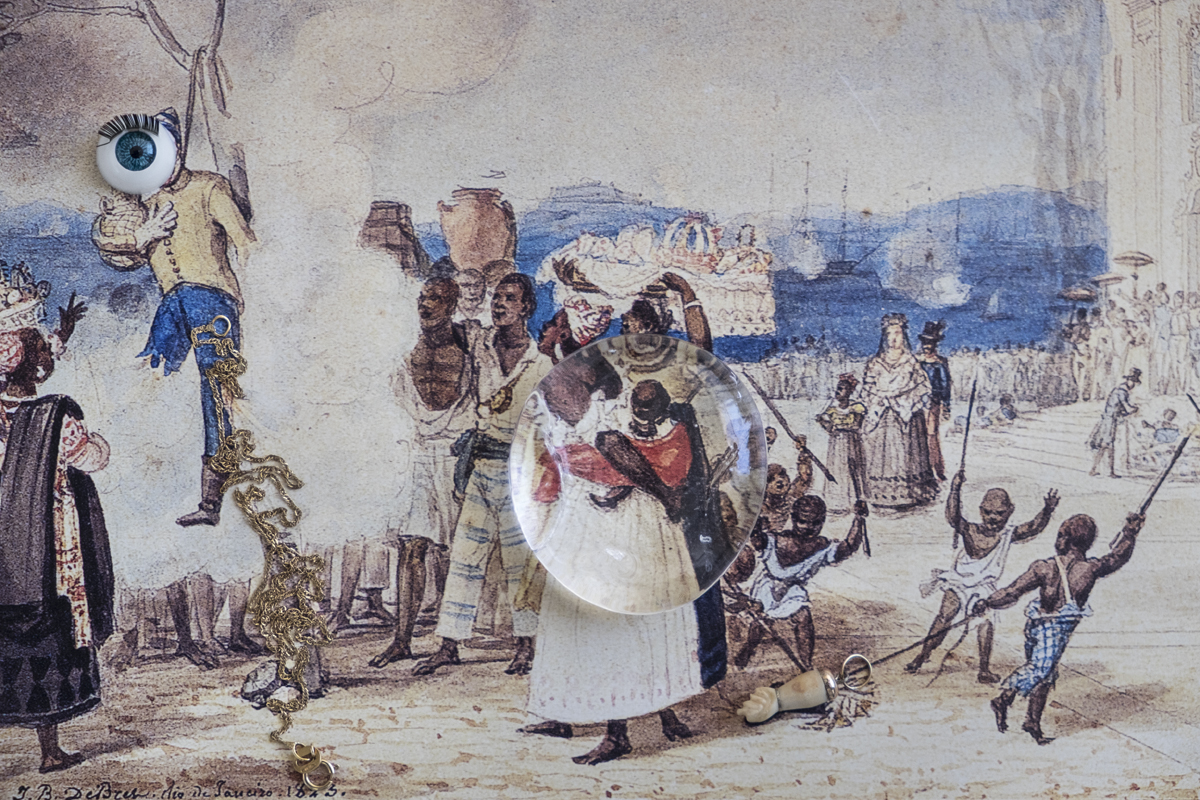
Interferências sobre gravuras de Jean-Baptiste Debret
De Voyage Pittoresque et Historique au Brésil, Paris, Firmin Didot Frères, 1834-39
Fotografia
2016 -
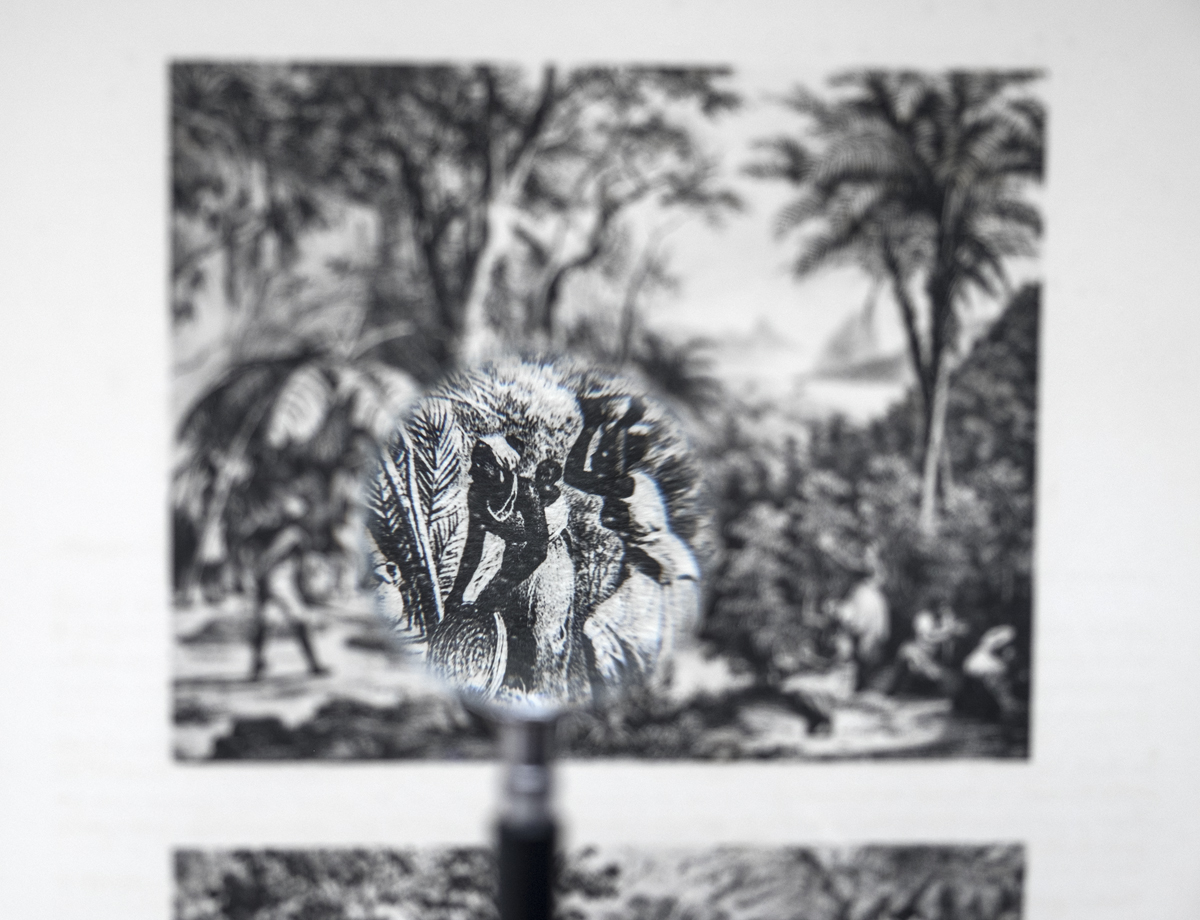
Interferência sobre gravura de Johann Moritz Rugendas, detalhe
Interference on print by Johann Moritz Rugendas, detail
Em Voyage Pittoresque dans le Brésil, 1835 -
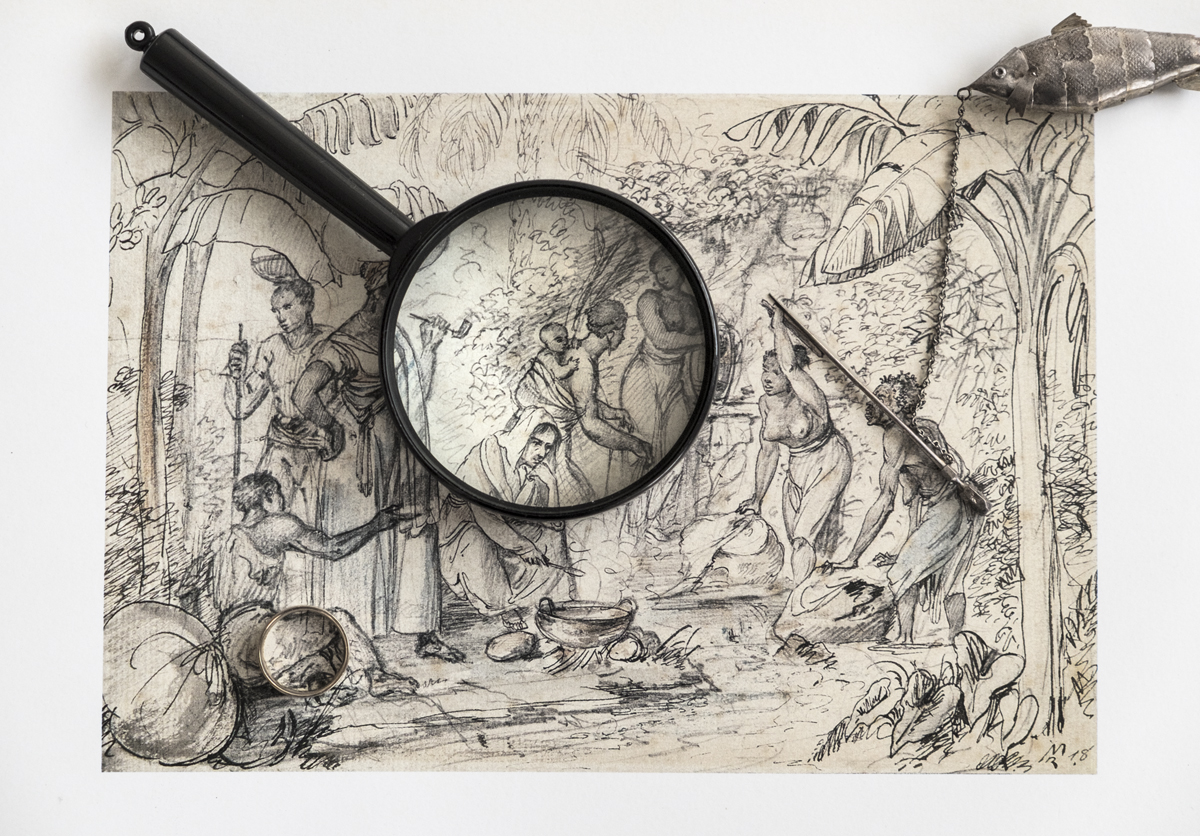
Interferência sobre gravura de Johann Moritz Rugendas, detalhe
Interference on print by Johann Moritz Rugendas, detail
Em Voyage Pittoresque dans le Brésil, 1835 -
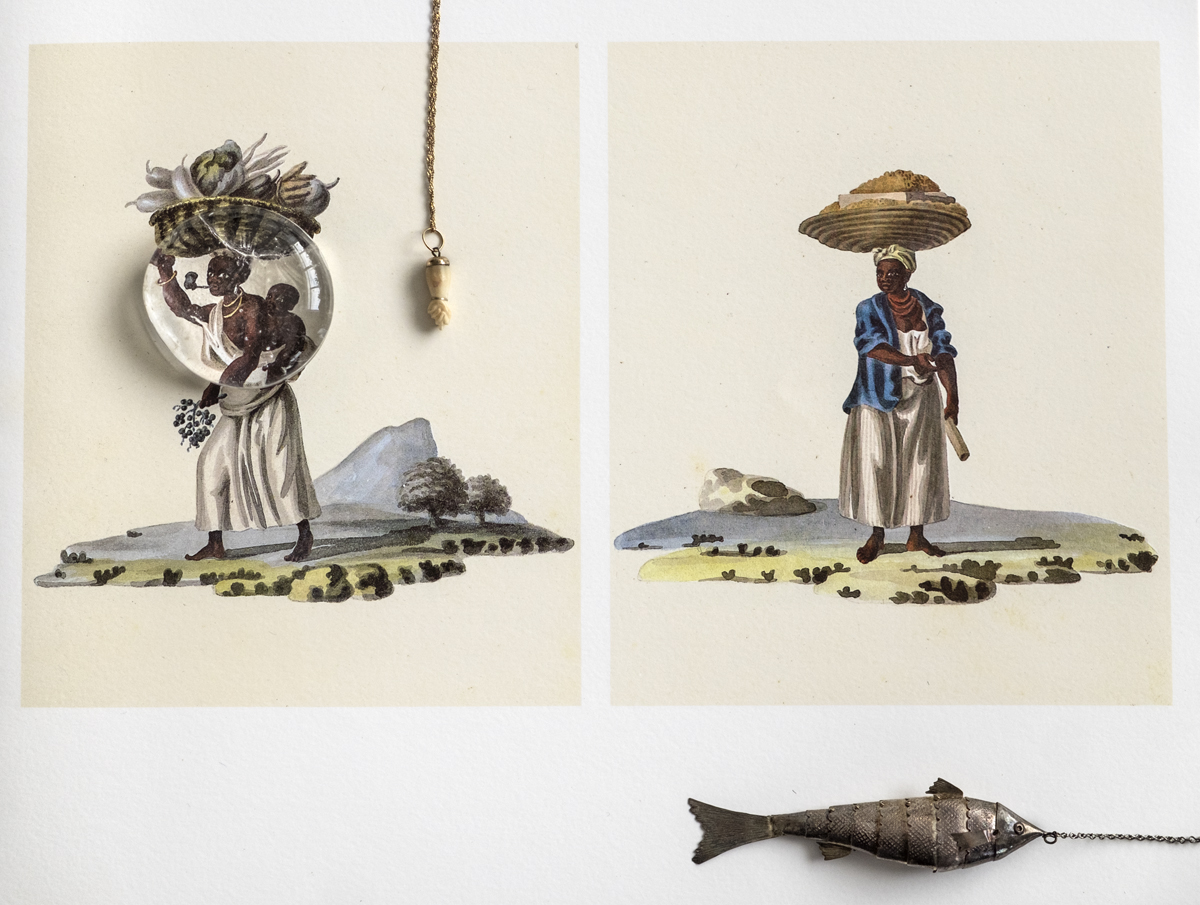
Interferências sobre gravuras de Joaquim Cândido Guillobel
Interference on prints by Joaquim Cândido Guillobel
From Figuras Populares do Rio de Janeiro; s/d, undated
2016 -
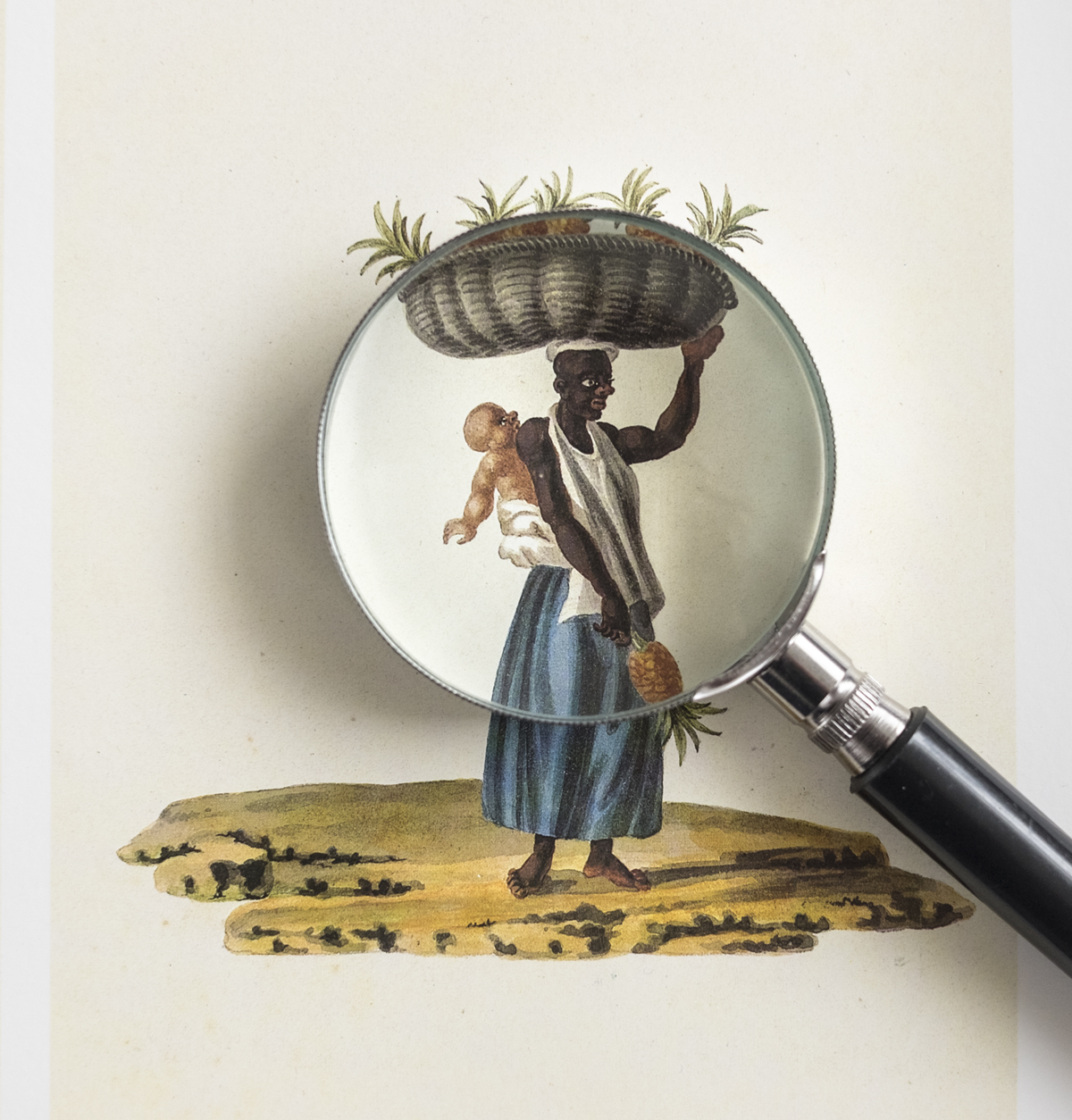
Interferências sobre gravuras de Joaquim Cândido Guillobel
Interference on prints by Joaquim Cândido Guillobel
From Figuras Populares do Rio de Janeiro; s/d, undated
2016 -
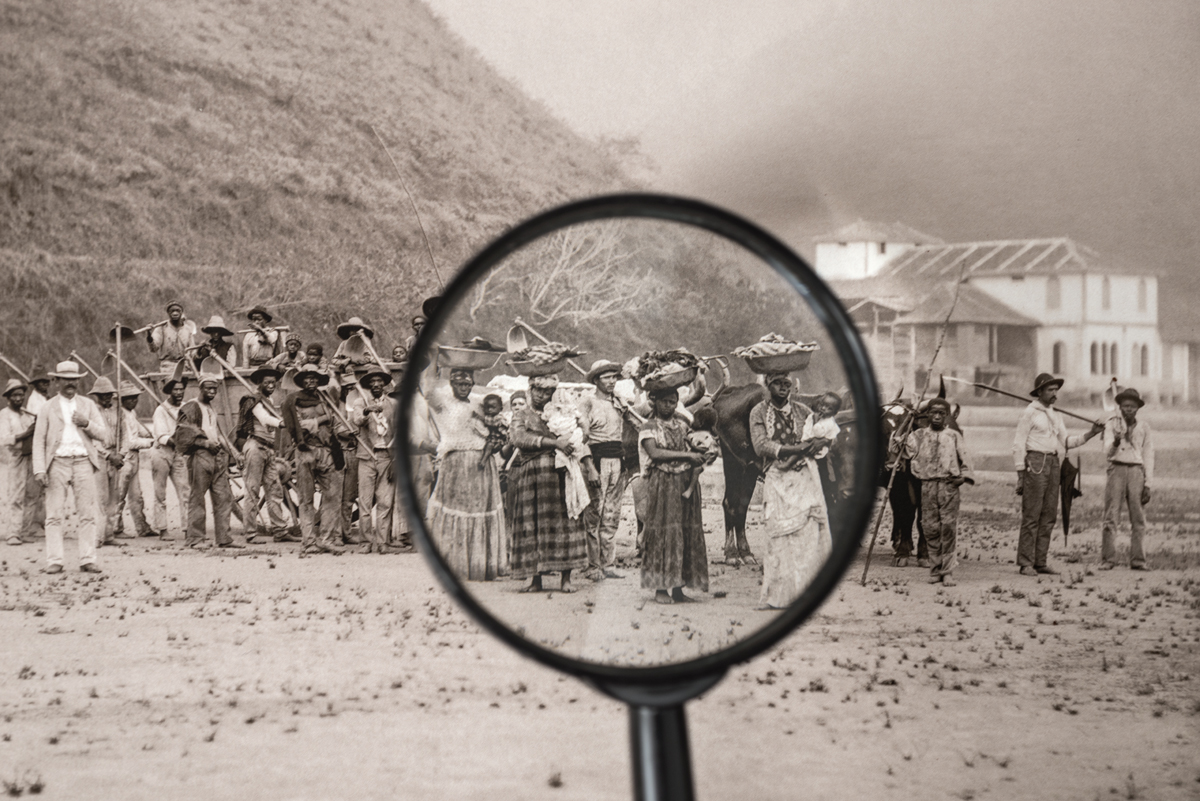
Interferência sobre imagem de Marc Ferrez
Fotografia
2016Marc Ferrez c.1885
Partida para a colheita do café com carro de boi, Vale do Paraíba
Coleção Gilberto Ferrez/Acervo Instituto Moreira Salles -
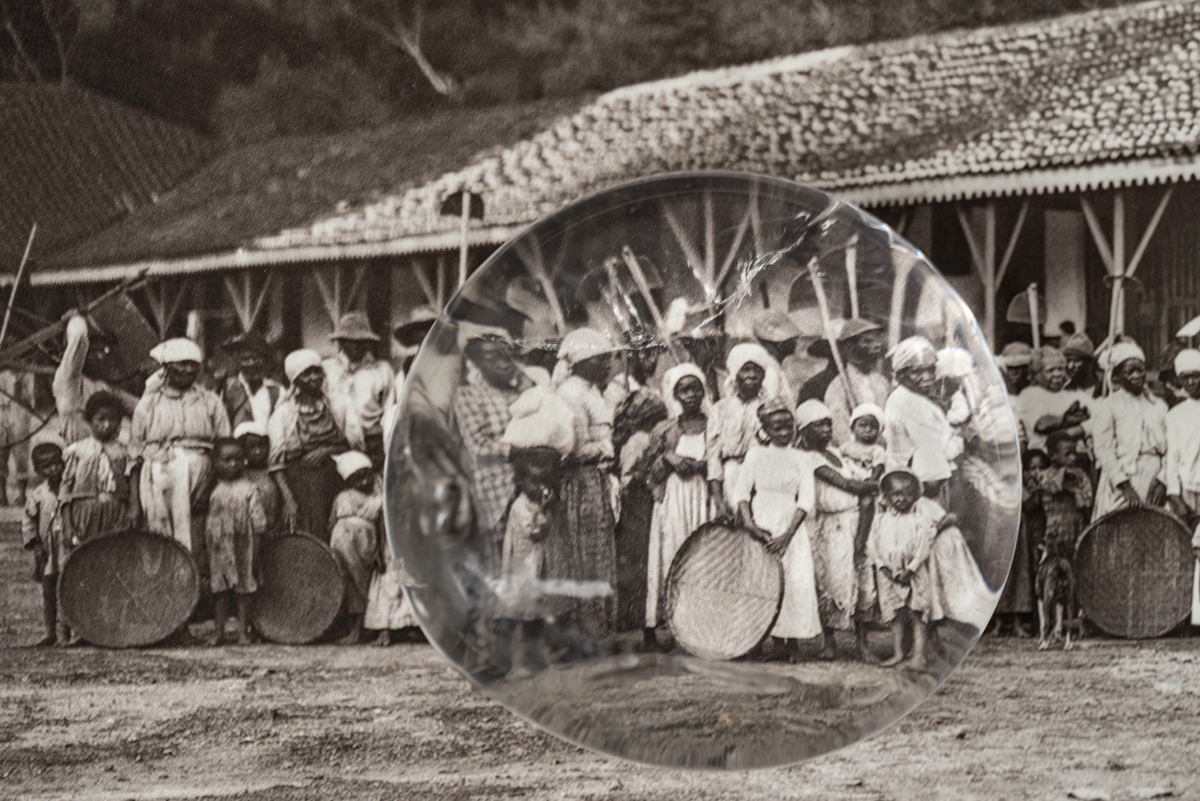
Interferência sobre imagem de Marc Ferrez
Fotografia
2016Marc Ferrez c.1885
Partida para a colheita do café, Vale do Paraíba
Coleção Gilberto Ferrez/Acervo Instituto Moreira Salles -
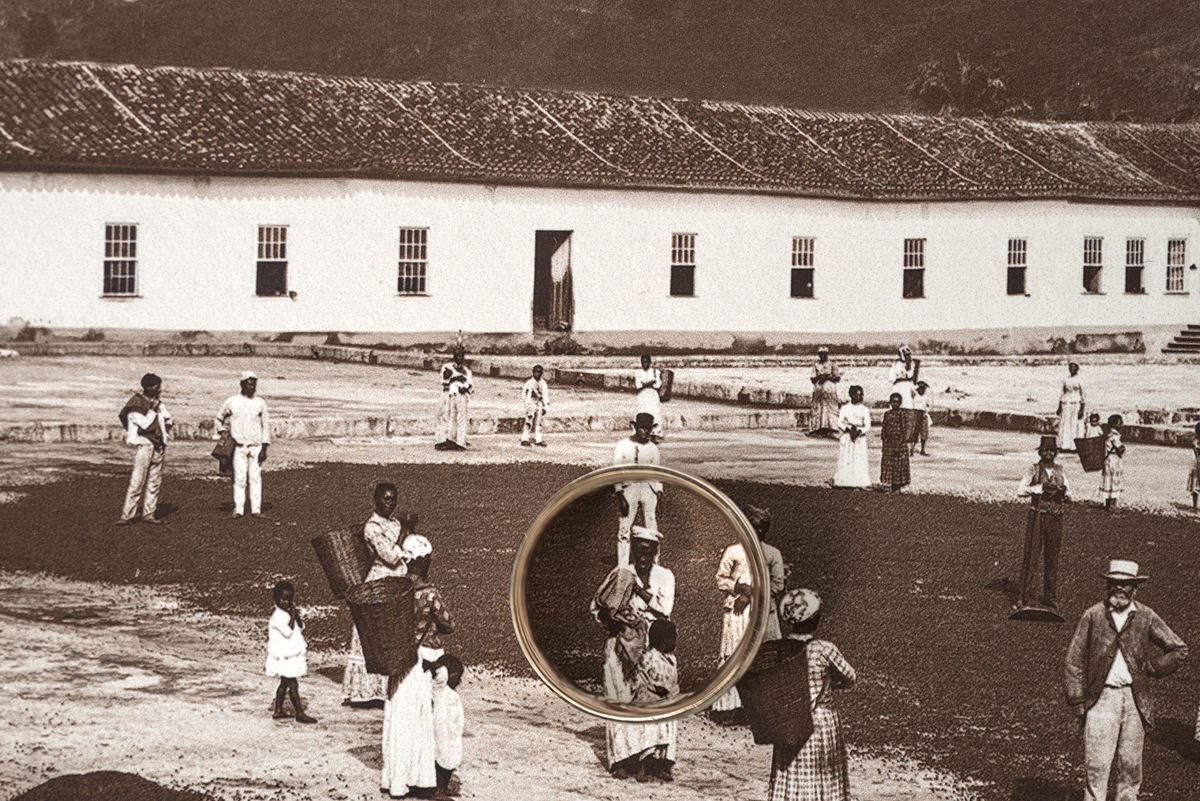
Interferência sobre imagem de Marc Ferrez
Fotografia
2016Marc Ferrez c.1890
Fazenda Monte Café, Sapucaia, Rio de Janeiro
Coleção Gilberto Ferrez/Acervo Instituto Moreira Salles -
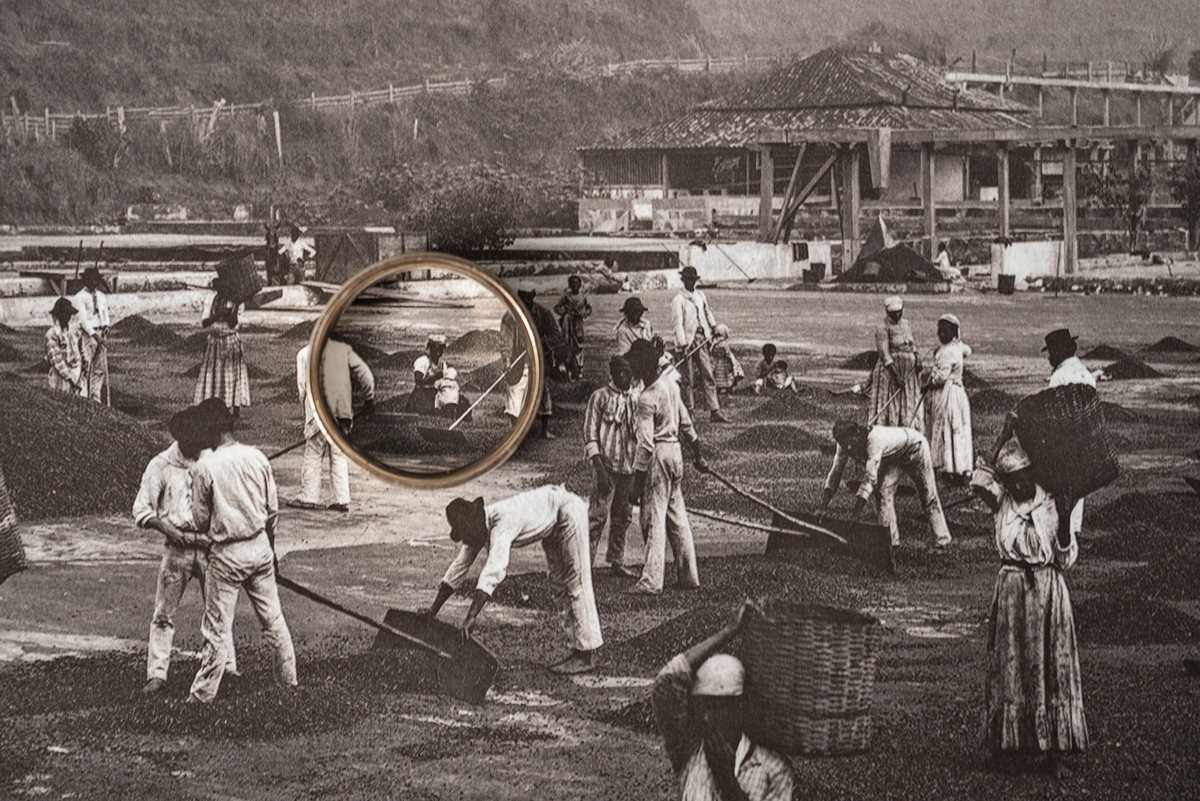
Interferência sobre imagem de Marc Ferrez
Fotografia
2016Marc Ferrez c.1882
Escravos em terreiro de uma fazenda de café na região do Vale do Paraíba, Vale do Paraíba
Coleção Gilberto Ferrez/Acervo Instituto Moreira Salles -
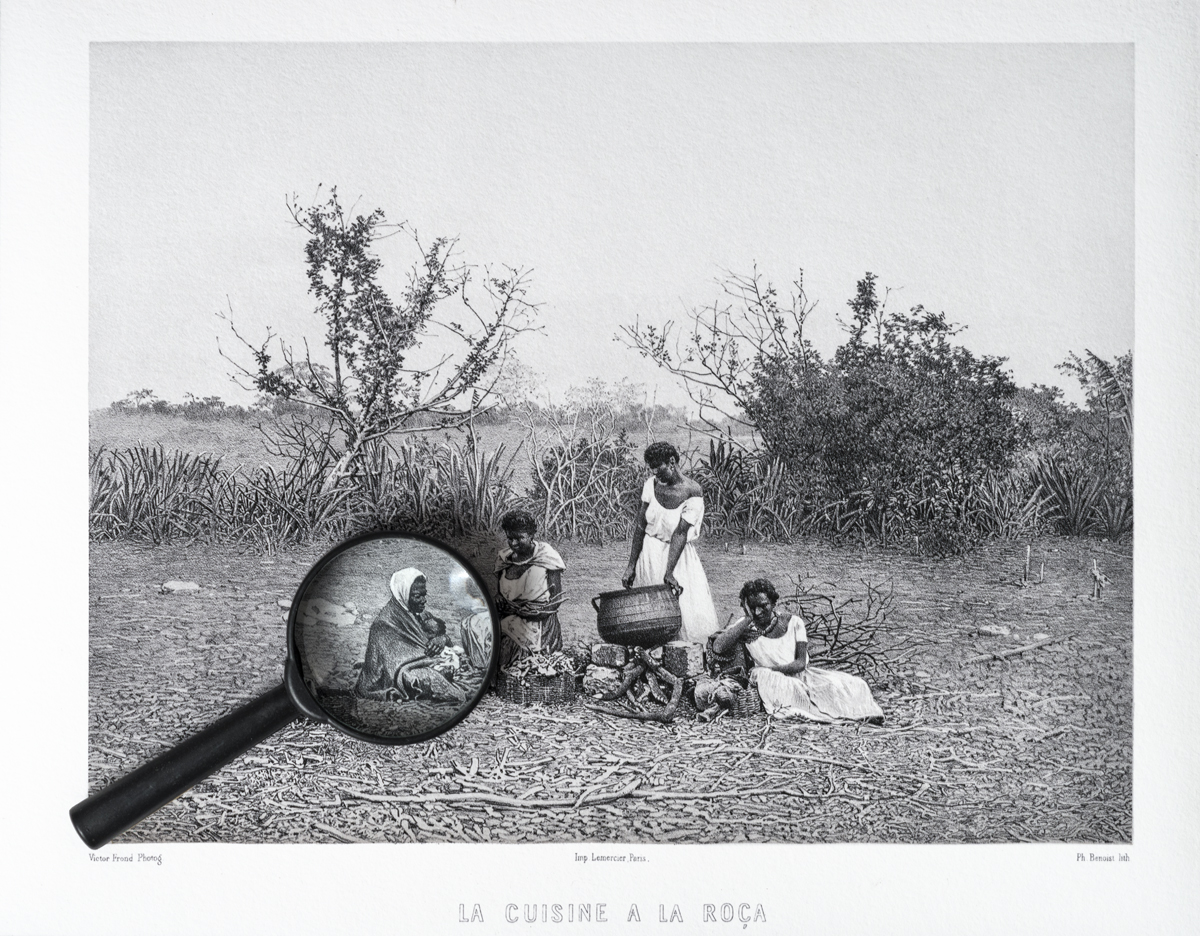
Interferência sobre imagem de Marc Ferrez
Fotografia
2016Victor Frond c.1858
Escravos descansando
Coleção Gilberto Ferrez/Acervo Instituto Moreira Salles
